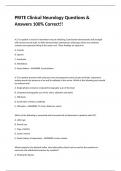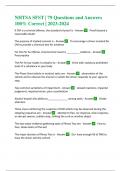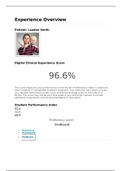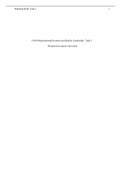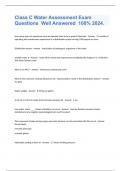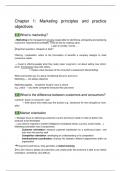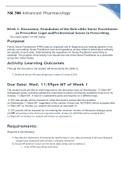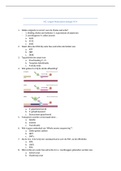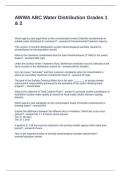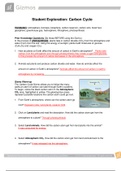Exam (elaborations)
PRITE Clinical Neurology Questions & Answers 100% Correct!!
- Course
- Institution
A 27 yo patient is seen for intermittent muscle twitching. Examination demonstrates full strength with normal muscle bulk. An EMG demonstrates spontaneous discharges which are relatively constant and represent firing of the motor unit. These findings are typical of: A. Cramps B. spasms C. myokym...
[Show more]
